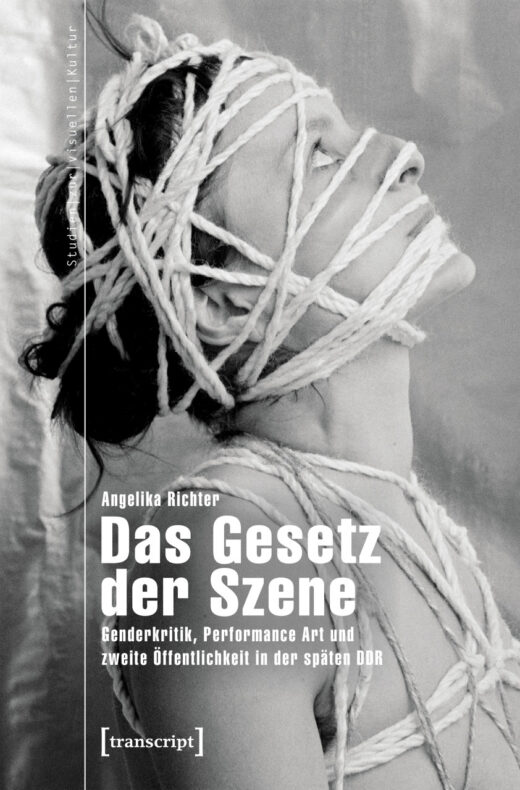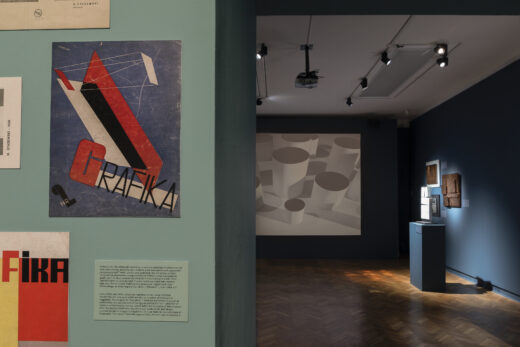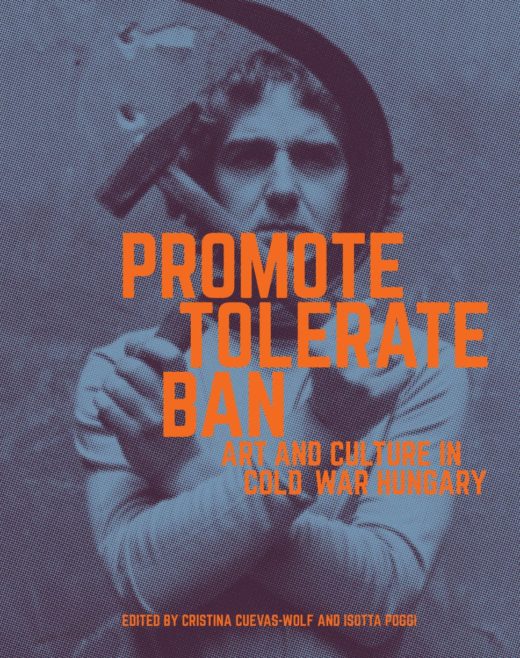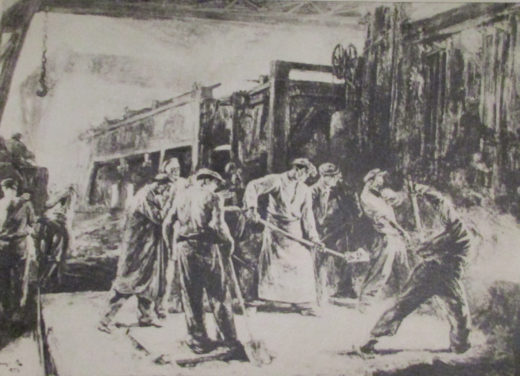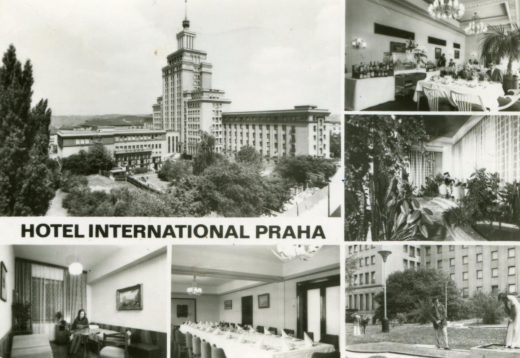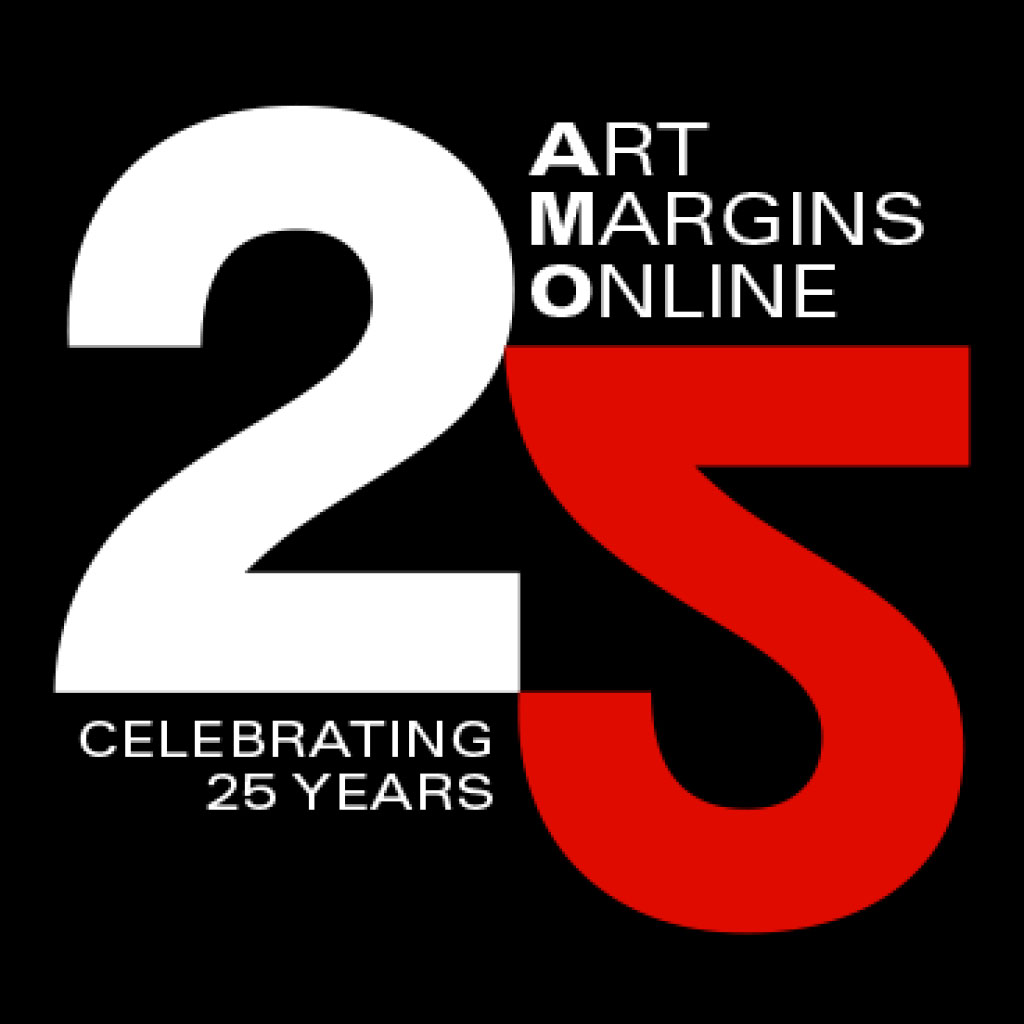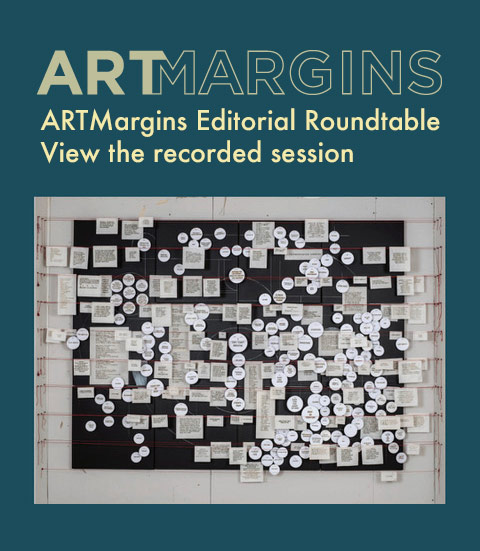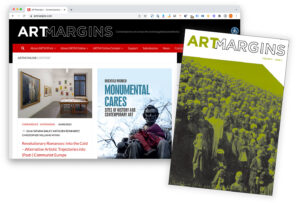The Law of the Underground: The Critique of Gender, Performance Art, and the Second Public Sphere in the Late GDR
Angelika Richter, Das Gesetz der Szene. Genderkritik, Performance Art und zweite Öffentlichkeit in der späten DDR [The Law of the Underground: The Critique of Gender, Performance Art, and the Second Public Sphere in the Late GDR] (Bielefeld: Transcript-Verlag, 2019), 408 pp.
In 2019, German art historian and curator Angelika Richter published her doctoral thesis The Law of the Underground: The Critique of Gender, Performance Art, and the Second Public Sphere in the Late GDR, in the German language. This book is worth reviewing even three years after its initial publication due to its meticulous research and … Read more

